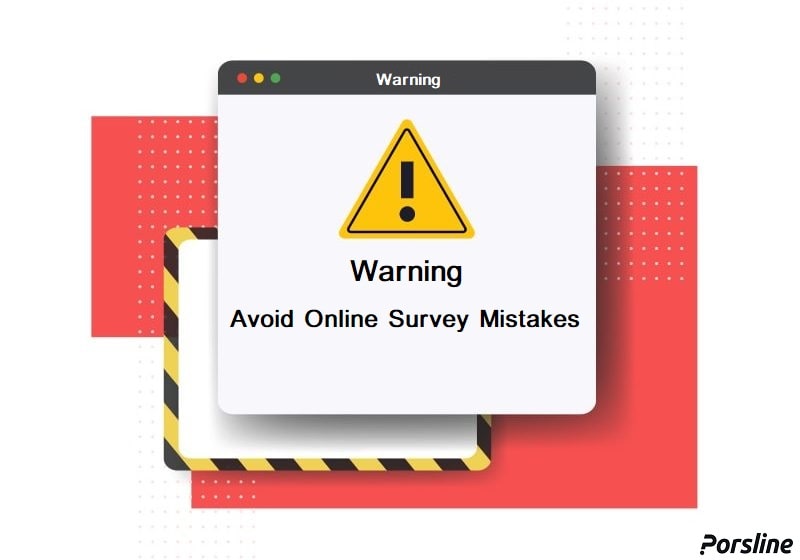What is the Net Promoter Score (NPS)?

Numbers play significant roles in a business. Some of these important numbers are earnings, profit, loss, customer satisfaction score, customer loyalty score, etc. Numbers lay the foundations for setting organizational goals in different areas, based on which performance indices are defined and sought. In many organizations, numbers lead to the dismissal, promotion, or demotion of managers and employees. What lies behind these numbers that can be interpreted as success, failure, progress, or regress? How is it possible to ensure that different departments of an organization are trying to improve the intended numbers and scores?
According to a study by Deloitte, customers not only have the power to select and decide what to purchase but also affect other people’s decisions on their purchases in the modern world. Therefore, it is necessary to use an index or number to become aware of customer impacts. The net promoter score (NPS) is an instrument employed to measure customer loyalty and support. The simplicity and quick use of this instrument have made it known as a customer loyalty measurement technique in recent years. This index is used by more than two-thirds of companies listed by Fortune such as Apple, Facebook, and HP.
How does NPS work?
Ask your customers two simple questions:
- How likely are you to recommend our services/brand/products to your friends and colleagues?
- What is the main reason for the score you submitted?
NPS Questions
The first question addresses customer feelings, whereas the second one pertains to why the customer has given a specific score. In the Ultimate Question 2.0, Fred Reichheld divided the respondents of the first question into promoters, passives, and detractors based on the results of his studies on thousands of customers in different industries.
The NPS is obtained by subtracting the percentage of detractors from the percentage of promoters. Assume that you have sent an NPS questionnaire to 100 customers, 80 of whom have filled it out: 56 respondents have given scores 9 and 10 (promoters); 10 customers have given scores 7 and 8 (passives), and 14 customers have given scores 0-6 (detractors).
First, disregard the passives. NPS developers believe that a business can positively affect passive customers by trying to increase the number of promoters and decrease the number of detractors.
In the second step, calculate the percentage of promoters. In this scenario, the percentage of promoters is %70 (56 divided by 80). Then calculate the percentage of detractors, i.e. %18 in this scenario (14 divided by 80). Finally, subtract the percentage of detractors (%18) from that of promoters (%70). The result is %52, which shows the NPS.
NPS Report
This number is a baseline for future improvements. Remember that there is no universal outcome of NPS; thus, every business should focus on self-competition to improve this score.
NPS is more than just a number
You cannot improve your business and make constructive decisions only by calculating the NPS. It is the second question that completes the customer feedback cycle and can help you set priorities to eliminate weaknesses and improve strengths. The second question forms your knowledge of customer loyalty drivers.
Employ the five whys technique to perceive the roots of problems raised by detractors so that the customer problem becomes inherently transparent to you. This technique is a scientific approach, which was first used by Toyota.
Therefore:
- Read the comments left by promoters and detractors in response to the second question and keep an eye for unusual patterns or cases. Do not pay attention to the issues by appearance and try to find the roots. Does a part of the process need revision? Is it necessary to modify a procedure or policy? Is there anything wrong with the organizational culture? Ask why five times to perceive the roots of problems.
- After you have perceived the problems properly, it is time to talk with detractors. Depending on your business, different methods can be employed to contact them such as telephone or email. What matters is that you need to solve the problem quickly. At the same time, you should retain and encourage promoters.
- Finally, inform your customers of the changes you have made by tweeting, sharing a post on your weblog, or posting a video. Your customers must notice that your business is changing for the better.
After taking all of the above steps, you should remember that the feedback and improvement cycle has just begun. The NPS is not a process that you can perform once by calculating a number and thinking that you have finished the job. Studies of NPS have long been implemented systematically by the organizations where loyal customers have to wait long hours on lines to purchase new products and ignore the appealing offers made by competitors. The NPS has always been improved by such organizations. No business has ever evolved through temporary and expendable strategies.
Now you can a sample NPS questionnaire, which you can add to your Porsline account with one click of a mouse.
Sample NPS Questionnaire
The NPS is the only index that gives an insight into customer loyalty very simply. Using it, you can judge corporate performance in response to customers. You can also discover and implement performance improvement strategies. Although the it is a very simple concept, organizations face a few problems and ambiguities in implementing it effectively. Hence, we now review the most prominent experiences in the NPS survey implementation:
1) NPS Scheduling and Iteration Interval
Determining the time and iteration interval of the NPS survey depends on the strategic goals of your organization and your knowledge of customers. Do not rush to send the survey link to your customers. Let the customers experience the product or service first, then ask their opinions. For instance, an online shop should perform the NPS survey at the time of delivery. The delivered product may have a fault. Therefore, collecting and analyzing customer feedback through the NPS cannot result in any value-added as long as customer experience has not occurred.
Measure the NPS regularly according to a schedule, not just once a year. As a business, product, and service changes and evolves, customer views change, too. If the NPS is not measured regularly, your business misses the chance to change and make preventive improvements based on customer feedback. The regular measurement of NPS helps an organization be aligned with customers.
2) Procedure for Asking NPS Questions
There are two common methods for performing an online NPS survey worldwide: sending the survey link via email and displaying the in-app survey link. Our experience indicates that sending short messages is an appropriate method in Iran, especially in the C2B area, because of the limited use of emails in Iran.
There is no best way of sending the NPS survey link online. Every business should make the right decision based on the type of communication channels employed to contact customers. The best method is to use a combination of different techniques to gradually determine the favorite response channel of each customer. As a result, the organization can achieve the highest response rate on the NPS survey.
Unlike many customer surveys, it is necessary to determine which customer has responded to the NPS survey questions to follow up on the rest of the process with that customer.
Using Insert Hidden Information on Porsline is our special, unique, and extraordinary solution to this problem.
3) Share the NPS Survey Results with All of the Team Members
The first step is to collect the results through the online NPS questionnaire. Then it is necessary to follow up responses with customers, identify customer loyalty drivers, and take the necessary actions. You should ensure that the employees of relevant departments are aware of the results for an effective follow-up procedure.
Use Porsline API to integrate it with the organizational CRM system.
Therefore, the NPS will turn into a powerful index for customer retention and business growth. The after-sale service or customer support department will find out about the reasons for failure. The product management department will figure out flaws in user experience, and the marketing department can use promoters to improve marketing.
4) Note NPS Benchmarks
When the goal is to improve and grow business, comparing NPS results with other industries, organizations and benchmarks can be confusing because every business has its specific nature, background, and customers. Therefore, it is always recommended to compete with your previous status, not with benchmarks, if you want to improve the NPS. However, being aware of some benchmarks can give you a new insight into the NPS.
In the study of Zendesk, the NPS was described as follows:
The average score was 32 in C2B companies.
The average score was 29 in B2B companies.
The average score was 49 in the companies where the NPS was used in internal departments such as human resources.
The NPS survey response rate was %30-%40 on average.
The NPS questionnaire follow-up items are responded by %55 of promoters, %37 of passives, and %50 of detractors on average. Detractors usually give more detailed and accurate comments on the given score.
5) The NPS is interpreted differently by the customers of Iranian businesses from the customers of foreign businesses
Cultural differences have always been effective. According to our experience on Porsline, Iranian users interpret score 8 as scores 9 and 10 in the NPS. According to the studies of NPS in Europe, scores 7 and 8 show favorability of a business from the perspective of European customers. However, these scores show the weakness of a business in the US where the NPS emerged.
Therefore, it is essential to know our customers correctly and know how to interact with them to interpret the NPS accurately for business improvement.




